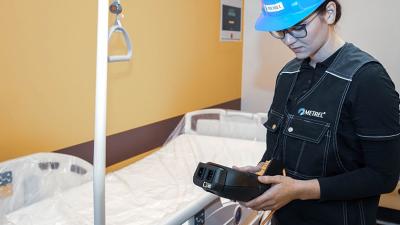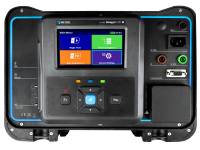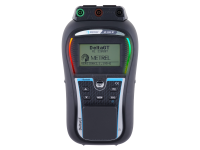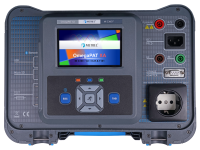Portable and fixed appliances
Electrical Equipment
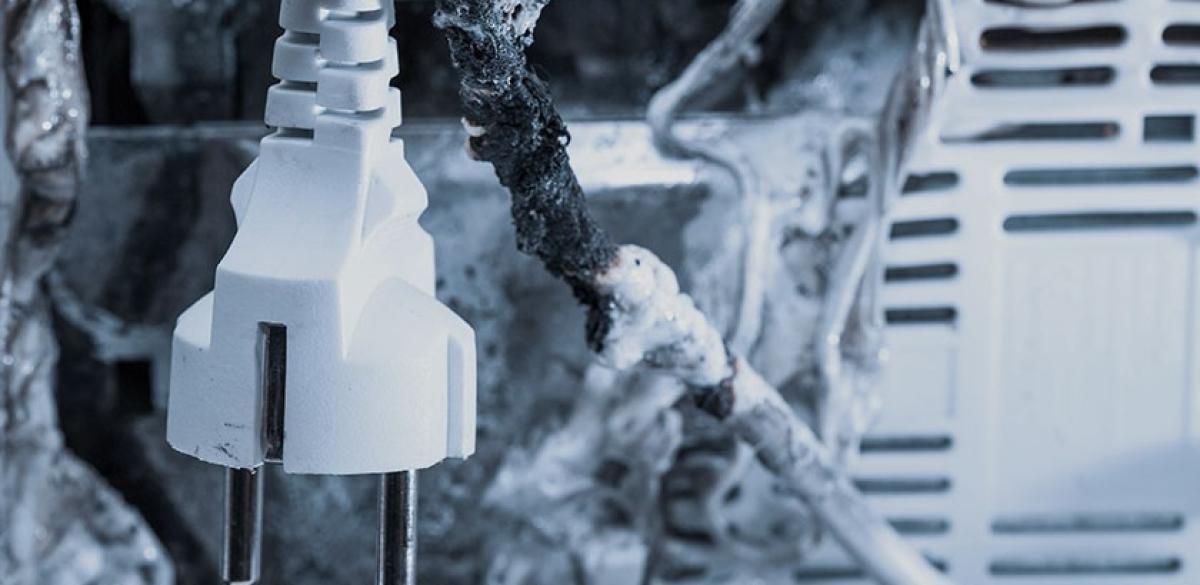
Electrical devices are the fabric of everyday life, being used practically every waking second of our lives. In everyday use, we trust their manufacturer that they are safe, or in later years, visual inspections. Accidents still happen, but with necessary education and visual inspections, they are rare. In public place or a workplace however, the appliances get used much more intensely, and the responsibility for their continued safety lies with the owner or employer. Cost of regular testing is much lower than the cost of injuries or fire damage. In some countries, it is prescribed by national legislation, in others it is required by insurers. Where it is not mandatory, it is strongly advisable.
Standards divide electrical equipment to groups in regards to their use and properties. There are multiple subgroups. See the above list for examples. There are a number of other particular standards for specific equipment types. The manufacturer of the equipment must specify the relevant standard and any additional considerations about safety testing.
In facility management, testing is limited to periodic tests. Type testing and end of line testing are left to manufacturer. Safety certification can be done by the manufacturer themselves before applying for CE mark, but independent laboratories are more reputable. Retest periods depend on the asset’s location, use, type of equipment, protection class, and local regulations. It is typically quite short, anywhere between 3 and 24 months. This makes test optimization necessary. An important element is communication between the testing provider, the owner of the asset and the users. The users should be well aware of electrical safety and care of the appliances. Another is the execution of the tests. Modern testing instruments improve the flow of work by automating the procedures, saving the results, keep them for future reference and certification, and simplify device recognition by using barcodes or other tags. The intuitive user interface expedites the process.
The volume of test results can become a problem to save, manage and monitor. It is the most important to keep them consistent and transparent, though systems may differ. Usually, devices to be tested are marked with an inventory number on a barcode. The Metrel system encourages organising the devices by their location in the facility. Results are saved in the instrument’s memory structure. Apart from the number, much additional information can be saved on the tested asset itself using a QR code, RFID chip or a NFC sticker. Common accessories for the testers are a printer or NFC/RFID writing device to save new data.
Application Notes
Competencies at edison
EDISON is an international organisation for certification of competences in electrical safety testing. Click on the links for more information on each competency.
- AWE: Arc Welding Equipment Safety
- PAT: Portable Appliances Safety
- IEC/EN 50106 Safety of household and similar electrical appliances
- EN 50699 Recurrent Test of Electrical Equipment
- EN 50678 General procedure for verifying the effectiveness of the protective measures of electrical equipment after repair
- IEC/EN 60335 Household and similar electrical appliances
- IEC/EN 60598 Luminaires
- IEC/EN 60745 Hand-held motor-operated electric tools – Safety
- AS / NZ 3760 In-service safety inspection and testing of electrical equipment
- VDE 0404 Testing and measuring equipment for checking the electric safety of electric devices
- VDE 0701 Inspection after repair, modification of electrical appliances – periodic
- VDE 0702 Inspection on electrical appliances - general requirements for electrical safety
- VDE 0661 Portable residual current devices without integral overcurrent protection for household and similar use (PRCDs)
- NEN 3140 Guidelines for safe working practices
- IEC/EN 61029 Safety of transportable motor-operated electric tools
